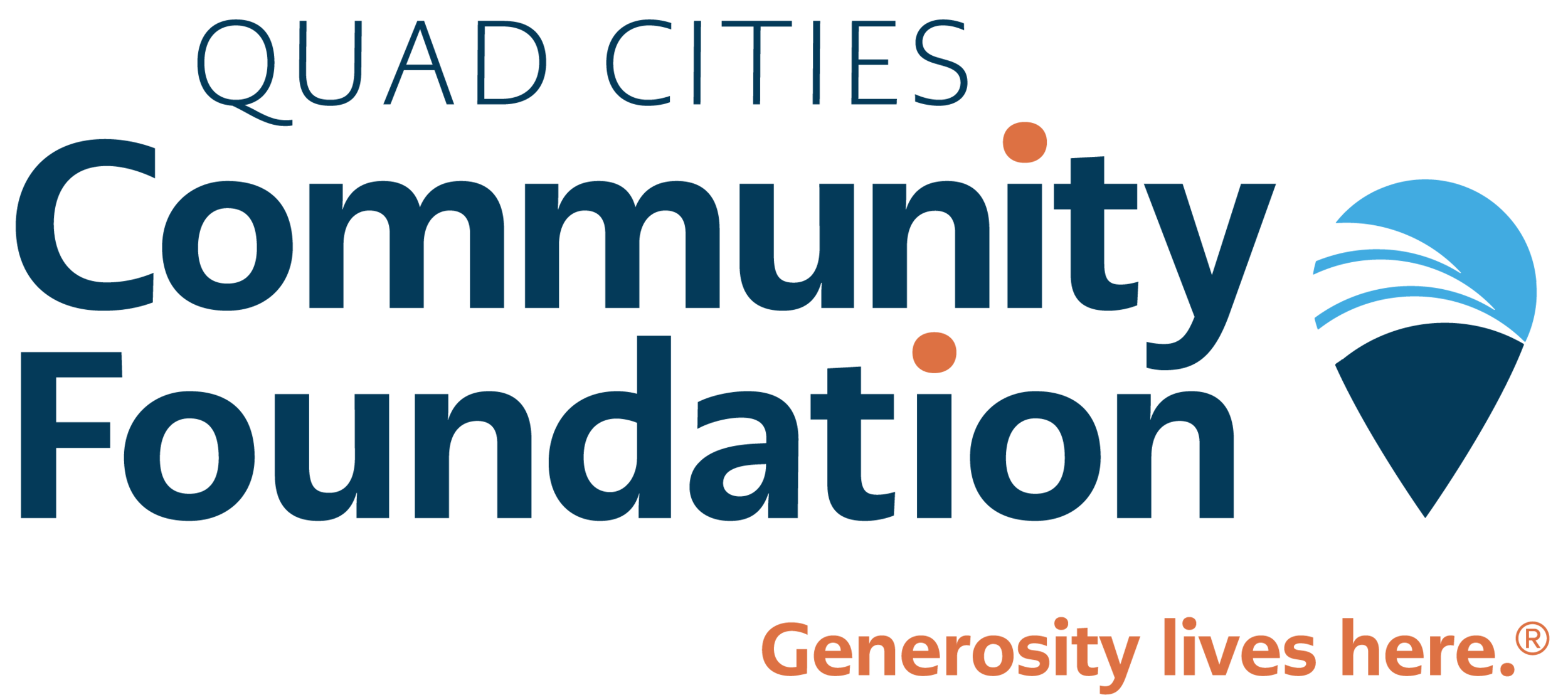New Socially Responsive Investment Pool sees highest return rate in 2020
To learn more about the Socially Responsive Pool, and to find out how your fund at the Community Foundation can invest in it, contact Anne Calder, vice president of development, at (563) 326-2840 or AnneCalder@QCCommunityFoundation.org.
People often make charitable gifts to change or preserve aspects of the community and world in which they live, aligning their own values with those of the causes they decide to donate to. This is why investments focused on environmental, social, and governance initiatives (ESG) are becoming more and more attractive to investors; they take into account factors beyond traditional investments and returns.
In 2016, the Community Foundation began offering the Socially Responsive Pool, a long-term investment pool developed in the spirit of traditional ESG portfolios. Focused on asset allocation that accomplishes social goals of improving climate-related concerns, diversity issues, executive compensation transparency, and so much more, the pool also invests in companies addressing racial and gender disparities, as well as biases in governance across local companies and politics.
“The true difference with the Socially Responsive portfolio is in its intention; we take into account factors beyond traditional financial analysis, from environmentalism to diversity, equity, and inclusion—and so much in between,” said Tim O’Donnell, investment consultant at Fund Evaluation Group (FEG). FEG provides consulting support to the Community Foundation’s local investment committee to ensure endowment dollars grow in the best possible way.
With the added benefit of investing in society’s positive characteristics, the Socially Responsive Pool is seeing a remarkably high return rate. In fact, the pool outperformed all other funds at the Community Foundation last year, achieving a 15.6 percent return rate in 2020.
“I think people are starting to see the value of thoughtful asset allocation that’s in line with the principles of ESG. As a result, those principles are being seen in returns. Times are changing. Instead of clients just wanting a portfolio to place their funds, they now want one that is both pragmatic and emphasizes positive attributes in society. Ultimately, these things drive shareholder value,” said O’Donnell.
Now more than ever, ESG values are at the forefront of not only investments, but society—and trends are telling a story that reflects this ideological shift for the better. Three years ago, only 14 percent of community foundations across the country had an ESG pool; today, that percentage is closer to 50 percent. On the heels of significant cultural events that have brought gender and racial concerns centerstage, local investors can now take solace in knowing that those concerns are being actively mitigated through thoughtful fund allocation.
“Above all, this is a holistic investment approach that promotes social good and growth options for donors,” said Michelle Payne, vice president of finance at the Community Foundation. “By offering an investment pool that is built around our community’s values, we’re telling our community, ‘We acknowledge what you believe is important, and we’re going to enact those values through our work,’’’ Payne added.
In a new approach to growing the Socially Responsive Pool, the Community Foundation has built it out to the size of a full portfolio, rather than a single allocation mutual fund.
“The board is really excited to take this new approach to the pool,” said Payne. “We’re thrilled that we get to provide donors with the option of getting behind some of the issues we’ve chosen to invest in as an organization, and also ones with the potential for local impact, like initiatives that revolve around affordable housing, for example. At heart, we’re really just striving to be purpose-driven and forward-thinking about how donors’ funds are invested—both now and long into the future.”
With so much intentionality around the issues that are currently affecting the region and country, having an investment option for donors that directly aligns with those issues is of paramount importance.
“In our world today, when we truly get behind something we can be that much more invested in it,” said Payne. “People decide to work with the Community Foundation because they see how hard we work to achieve goals that are close to their hearts. And, at the end of the day, everyone wants their charitable gifts to reflect what they believe in.”

